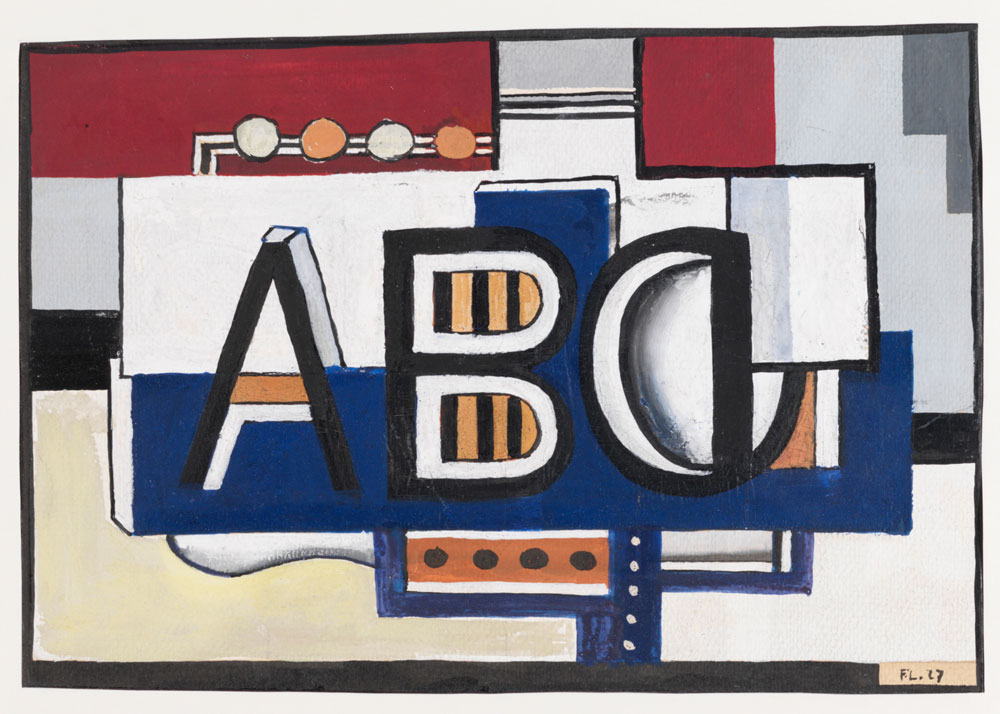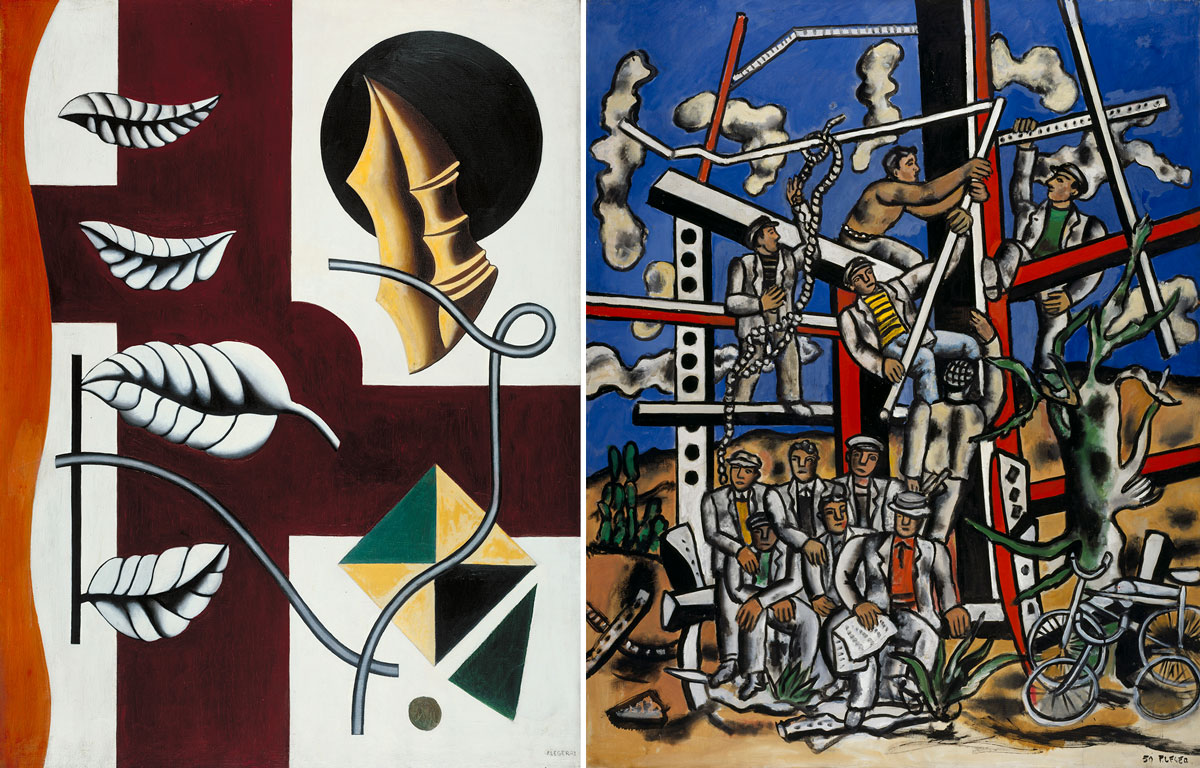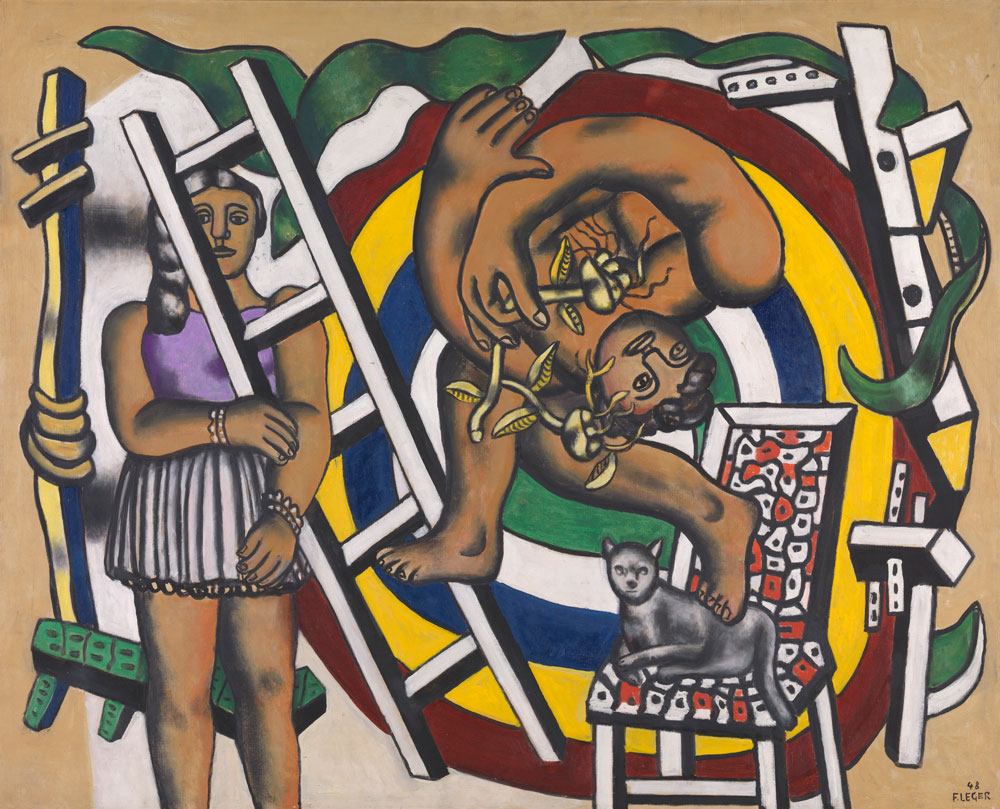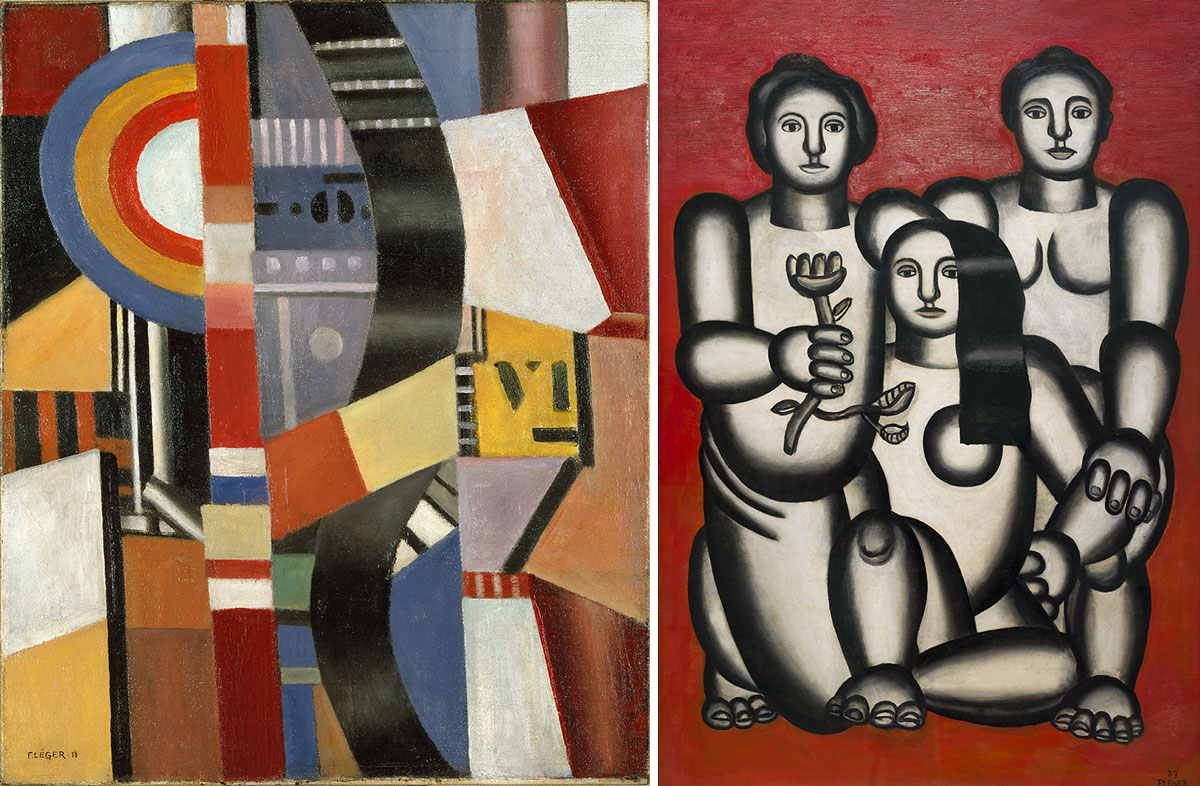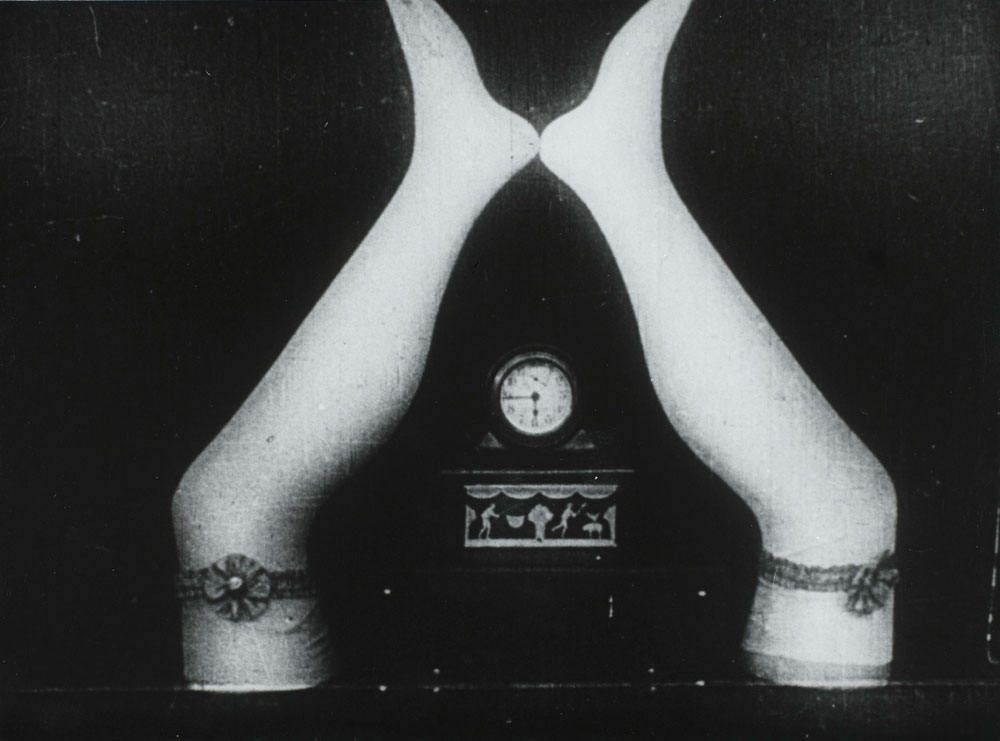ART CITIES:Liverpool-Fernand Léger
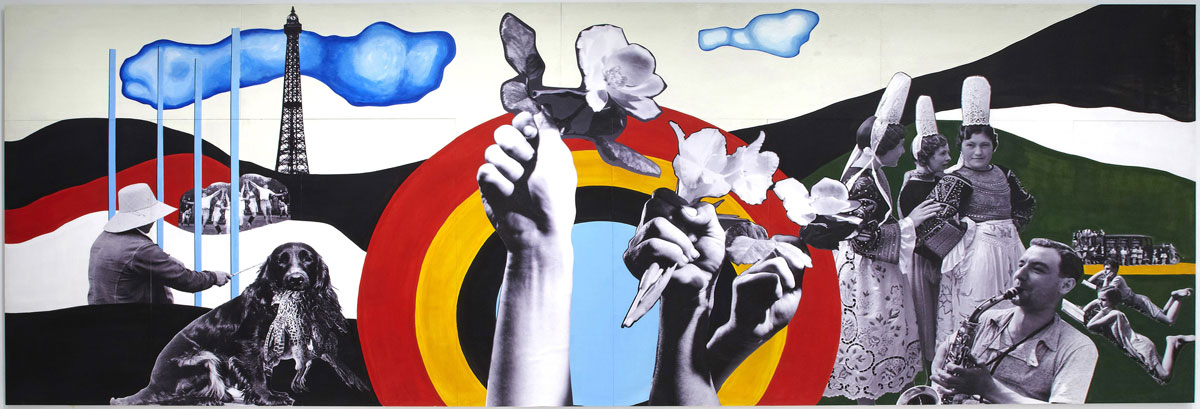 Though Fernand Léger built his reputation as a Cubist, his style varied considerably from decade to decade, fluctuating between figuration and abstraction and showing influence from a wide range of sources. Léger worked in a variety of media including paint, ceramic, film, theater and dance sets, glass, print, and book arts. While his style varied, his work was consistently graphic, favoring primary colors, pattern, and bold form.
Though Fernand Léger built his reputation as a Cubist, his style varied considerably from decade to decade, fluctuating between figuration and abstraction and showing influence from a wide range of sources. Léger worked in a variety of media including paint, ceramic, film, theater and dance sets, glass, print, and book arts. While his style varied, his work was consistently graphic, favoring primary colors, pattern, and bold form.
By Dimitris Lempesis
Photo Tate Archive
Featuring 40 abstract and figurative paintings, drawings, a large-scale mural, films, graphic design, books and textiles, the exhibition “Fernand Léger. New Times, New Pleasures” at Tate Liverpool explores how Léger redefined the value of art to 20th Century society. Creating works in a diverse range of media, Léger was a politically-engaged artist, with an unwavering belief in the social function of art for everyone. Influenced by his early training as an architect, Léger developed a unique visual style that powerfully captured the intense experience and energy of the 1910s Parisian metropolis in which he lived. At a time when photography and new forms of visual communication became predominant, Léger’s artistic style became heavily influenced by street advertising; like posters and neon signs, his paintings made bold, graphic and colourful statements about the bustle and rhythm of modern life. Highlights of this seminal period of Léger’s career include, “The Disk” (1918) and “The Tugboat” (1920) where the pure elements of abstract painting (line, form and color) are used to embody industrial modernity. His interest and admiration for cinema also influenced his work, specifically his experimental film “Ballet Mécanique” (1924), made in collaboration with director, Dudley Murphy, artist, Man Ray and with music by George Antheil. Born into a modest farming family, central to the artist’s work was a belief that art should be enjoyed by all, not just society’s privileged elite. For Léger, modern art was a means of elevating the quality of life for the working man. Seeing beauty in the everyday he created paintings depicting the world of labor including construction workers and people taking part in leisurely pursuits under radiant blue skies. Inspired by classical art and sculpture, he endowed his subjects with a sense of monumentality and dignity, as demonstrated in “Leisure – Homage to Louis David” (1948–9) and “Study for ‘The Constructors’: The Team at Rest” (1950). Léger’s political beliefs also meant his work engaged with discourses of the day. Alongside architects including Le Corbusier, Léger created grandly-scaled photomurals that employed the same abstract and graphic style found in his painting. Exhibited for the first time in the UK is “Essential Happiness, New Pleasures” (1937/2011) a work made in collaboration with architect and designer, Charlotte Perriand and a major highlight of the exhibition. This large-scale photomural first appeared at the International Exposition in Paris in 1937. In tandem with his socialist ideals and against a backdrop of economic depression and the rise of totalitarianism in Europe, the mural promoted rural life, urging nations to work collectively to forge a better future for all.
Info: Tate Liverpool, Royal Albert Dock Liverpool, Liverpool, Duration: 23/11/18-17/3/19, Days & Hours: Daily 10:00-17:00, www.tate.org.uk
